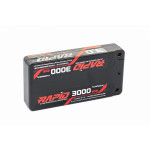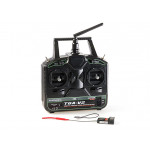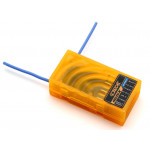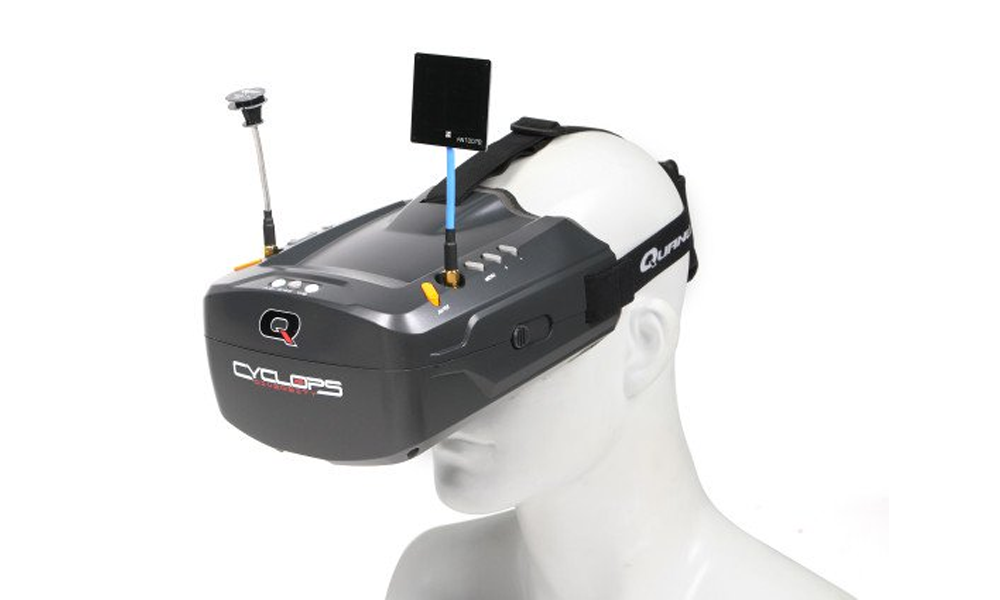
FPV is a term that you will hear many hobbyists say, so it's best you familiarize yourself with what FPV stands for, what it is, and get all the details you need to know about this hobby.
In Part 1 one of our explorations, we will look into the FPV stands, the different types of FPV cameras, and whether FPV is for you.
What is FPV - Where to Start?
I’m sure you’ve seen the three-letter acronym (FPV) and wondered what it was all about. It’s short for First Person View which is where the operator of a remotely piloted aircraft, boat, or even a car straps a video transmitter to the model and broadcasts a video signal back to the operator. The vehicle is remotely piloted from what would normally be the view of the pilot or driver. This adds another level of realism for the hobbyist and it’s no wonder that this part of the hobby is exploding. Believe it or not, some people have learned to fly but only from an FPV perspective and cannot fly line of sight. FPV is a truly immersive experience that puts you right in the driver’s seat. It is something that simply must be tried to get an understanding. Words alone cannot convey the experience. Some goggles allow you to fit head tracking equipment that monitors your head position and moves the camera in the direction of your head movement. This type of system uses a pan-tilt camera base with servos that rotate the camera up and down based on your head movement. This allows you to look out of the cockpit and view parts of the aircraft just like the full size. It is a lot of fun to fly in and out of obstacles and structures gaining speed and confidence with every run. It won’t take long and you’ll be begging for something faster to run through the trees with. To the observer on the ground, it might look as if you’re going to crash, however, you’ll surprise them every time as you pull up hard out of a tree run. Try watching the fastest FPV drone race pilots. That is truly amazing stuff. As mentioned, FPV puts you in the driver’s seat and this is why the rock crawling community has thoroughly embraced FPV technology. I wonder what hobbies will embrace FPV next. Model trains perhaps? You never quite forget your first time flying around and piloting the plane as if you were in the cockpit.
Is FPV for you?
In short, yes. FPV is for everyone. For those with failing eyesight that are having trouble making out planes in the sky are thinking it’s time to hang up the controller perhaps this is for you. You can buy goggles where you can still wear prescription glasses. I’ve seen every age group embrace FPV and let’s face it, it’s cheap enough these days to have a go. There are even plenty of second handsets on the market to be snapped if you know what you’re looking for. I was never really interested in FPV until someone asked me if I would like a go. Of course, I said yes and I was hooked. FPV is what made the drone market because without FPV it would be pretty darn boring. Without FPV goggles I don’t think drones would have been anywhere near as popular. The whole allure is lightning fast turns, flips, rolls, and running through gates or obstacles. If you have not seen FPV racing I suggest you take a look at its utterly fascinating to see the skill of these pilots and even more impressive when you learn they have only been flying for 6 months. No matter what you’re seeking from flying I’m sure FPV could add a little extra interest for you. Some people have permission from their government agencies to fly great distances and I’ve seen some amazing flights conducted this way. It is, after all, another way to enjoy the model flight without even getting out of your seat.
Getting Started with FPV
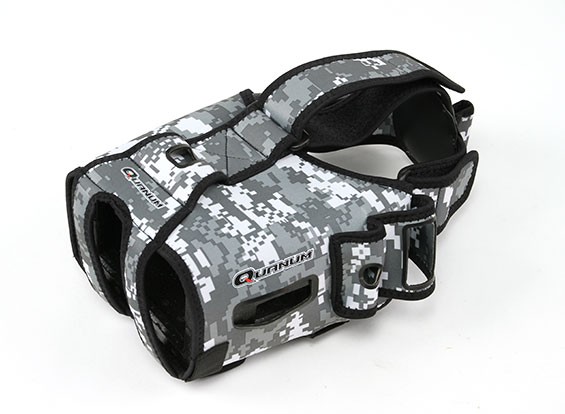 The FPV equipment is little more than a low power wireless video camera that transmits a signal to a receiver where the vision can be viewed on a screen or a set of goggles. The transmission can also be recorded to watch later and some like to upload their exploits to youtube. That’s it. No black magic or rocket engineer doctorate. For the most part, the technology has matured to the point where it can be installed and ready to use in minutes depending on the unit you buy. Few changes are required by the operator. There are a few things that you can do to make the signal better. For example, watch how close the transmitter is to the receiver and ESC. You might need to change a channel someone close is already using one. Granted, there are many more complicated systems out there but this is not the focus of this article. The vast majority of hobbyists are going to be very happy with a good quality off the shelf system.
The FPV equipment is little more than a low power wireless video camera that transmits a signal to a receiver where the vision can be viewed on a screen or a set of goggles. The transmission can also be recorded to watch later and some like to upload their exploits to youtube. That’s it. No black magic or rocket engineer doctorate. For the most part, the technology has matured to the point where it can be installed and ready to use in minutes depending on the unit you buy. Few changes are required by the operator. There are a few things that you can do to make the signal better. For example, watch how close the transmitter is to the receiver and ESC. You might need to change a channel someone close is already using one. Granted, there are many more complicated systems out there but this is not the focus of this article. The vast majority of hobbyists are going to be very happy with a good quality off the shelf system.
What FPV Platform Should I Choose?
You should start with what you have lying around. If you have a good flying plane that you’ve tucked away because it’s a bit tattered and been smashed and reglued a few times, then you have an FPV platform. You’re not after a hanger queen as you’re going to have a few spills as you learn this new skill. Some things are not immediately obvious to the new flyer and very hard to gauge. Things like airspeed, pack voltages, RPM, and other details are not stock. These are certainly available but not included in any budget entry-level system. In lieu of telemetry data, why not have someone guide you by watching the aircraft. You can certainly add those later on. If you don’t have a platform then I think there are some standouts. Bixler 3 makes for an excellent stable FPV platform. Easy to fly, long flight times, spare parts, low cost. Next would be a tundra and yes it’s a little more pricey however it’s a well-known FPV platform and easy to fly. The plane comes with an FPV mount and has ample room to add things required now and into the future. Once you become a proficient pilot the Tundra is a very aerobatic platform and an awful lot of fun on FPV.
What FPV Camera is Best?
There are a few camera types and I suggest you buy a CCD unit as opposed to CMOS. Propellers cause vibration and this will result in the picture moving around. This is referred to as jello and it is most noticeable in CMOS cameras simply because of the way CMOS cameras work. CMOS cameras have what’s known as a rolling shutter and this means it captures the image from top to bottom. This results in jello in the image thus making it an incredibly poor choice of camera. People starting out are attracted to a CMOS camera because they are cheaper however they should be avoided as CCD sensors are the right solution. They are more expensive to make so it is only natural they are more expensive to purchase. Two great options are Turnigy HS1177 V2 1/3 Sony Color HAD II CCD Camera for FPV (NTSC) and Turnigy IC-120NH Mini CCD Video Camera (NTSC)
Should I use NTSC or PAL for an FPV Camera?
NTSC is vertically interlaced and used in North America, Japan, and South Korea. PAL horizontally interlaced and is used in most of Europe, Australia, and parts of Africa and Asia. They have different resolutions and frame rates. PAL: 720 x 576 @ 25fps NTSC: 720 x 480 @ 30fps Many of the early concerns about whether to use NTSC or PAL is largely unnecessary now because our devices can use either standard and play video in both formats. As a rule of thumb, most people use the standard of their country however unless you intend to play it back on your TV through an AV lead it is not worth worrying about. That said, there are some advantages and disadvantages to each format that we need to think about. PAL has a higher resolution and so this results in slightly sharper and clearer text display on the screen. NTSC on the other hand as a slightly lower resolution, however, the increased frame rate makes the video much smoother. Take your time and read some more online, and keep an eye out for Part Two of FPV exploration (coming very soon). Remember there is no race that you need to win and there can be a lot to take in. FPV is a great aspect of the hobby and something that everyone can seriously get into. I hope you enjoyed the article and Happy Landings.
Hear it First: Join our Mailing List
Sign up to receive new product updates, exclusive discounts, news, and more!



